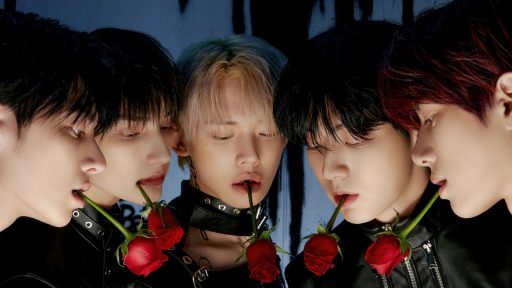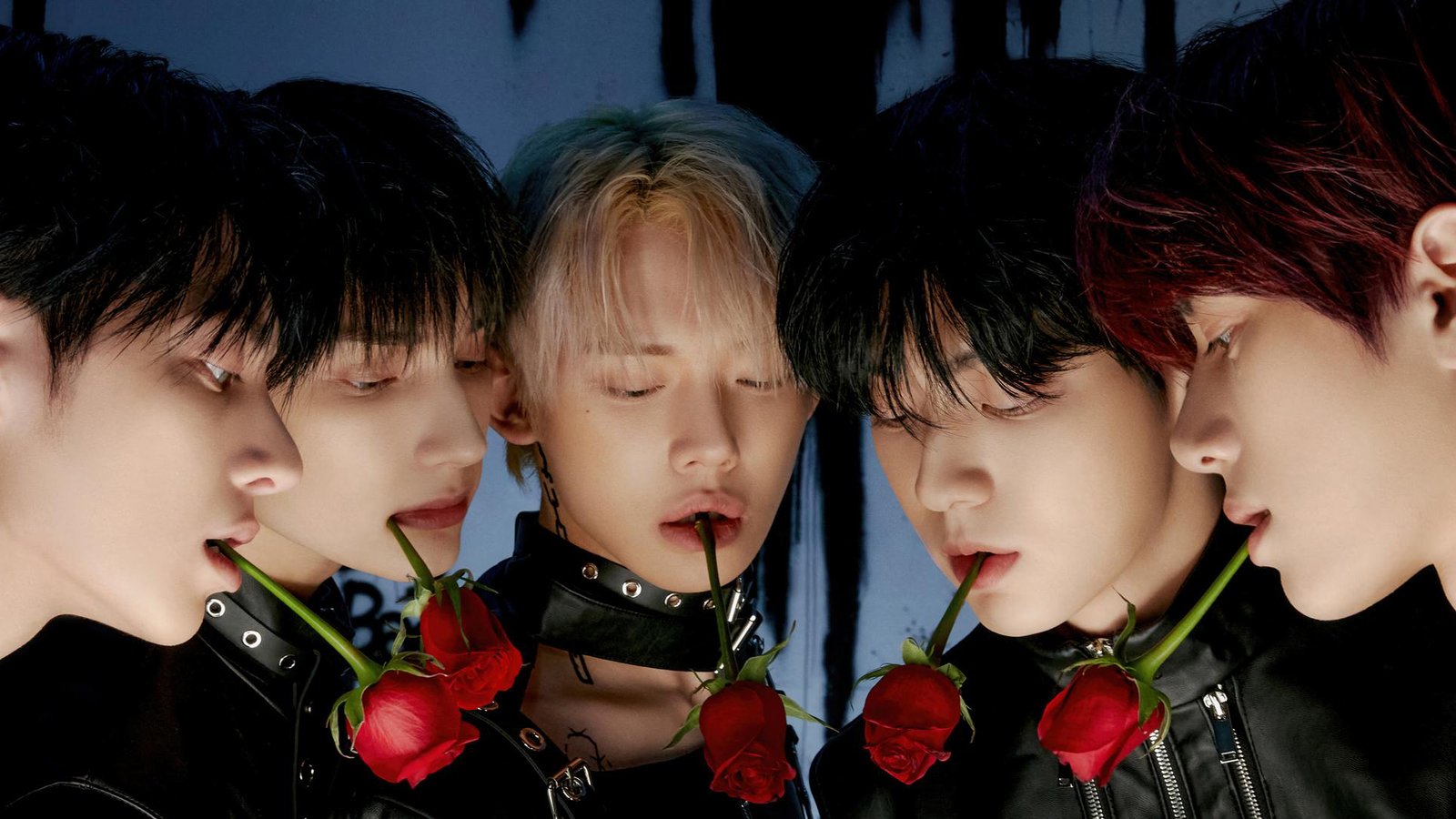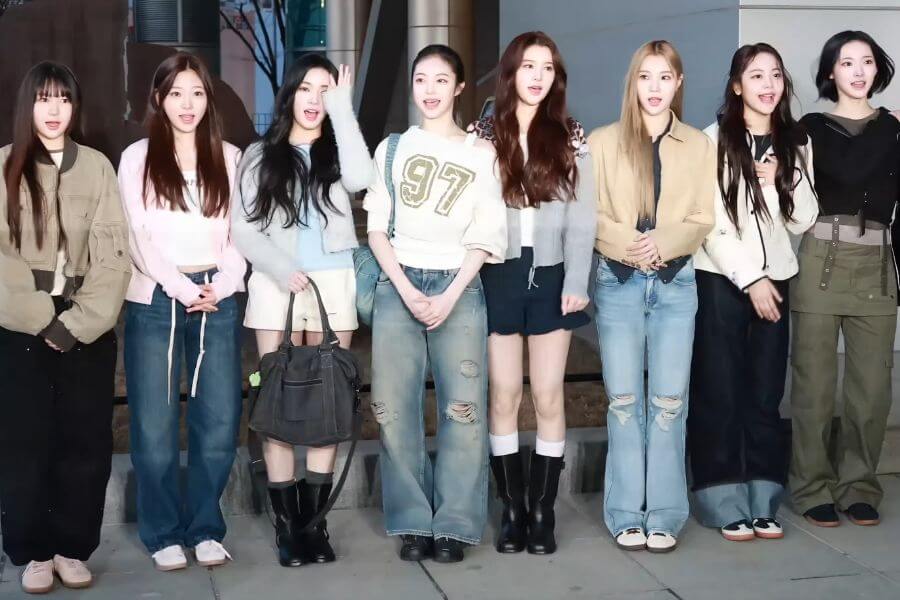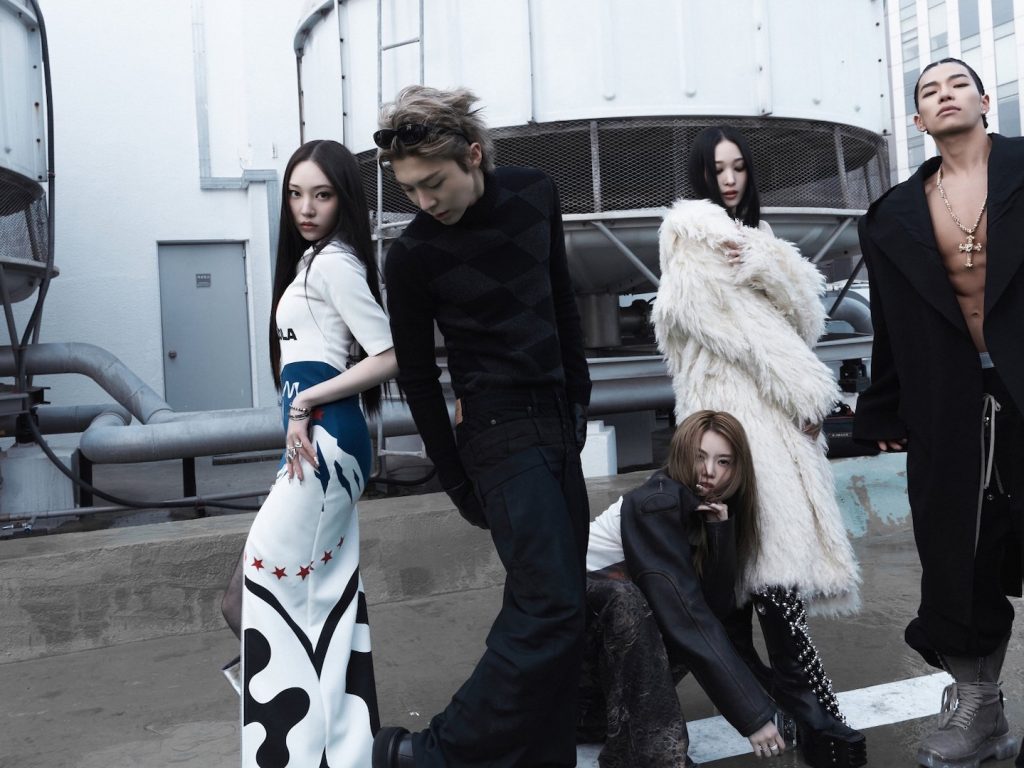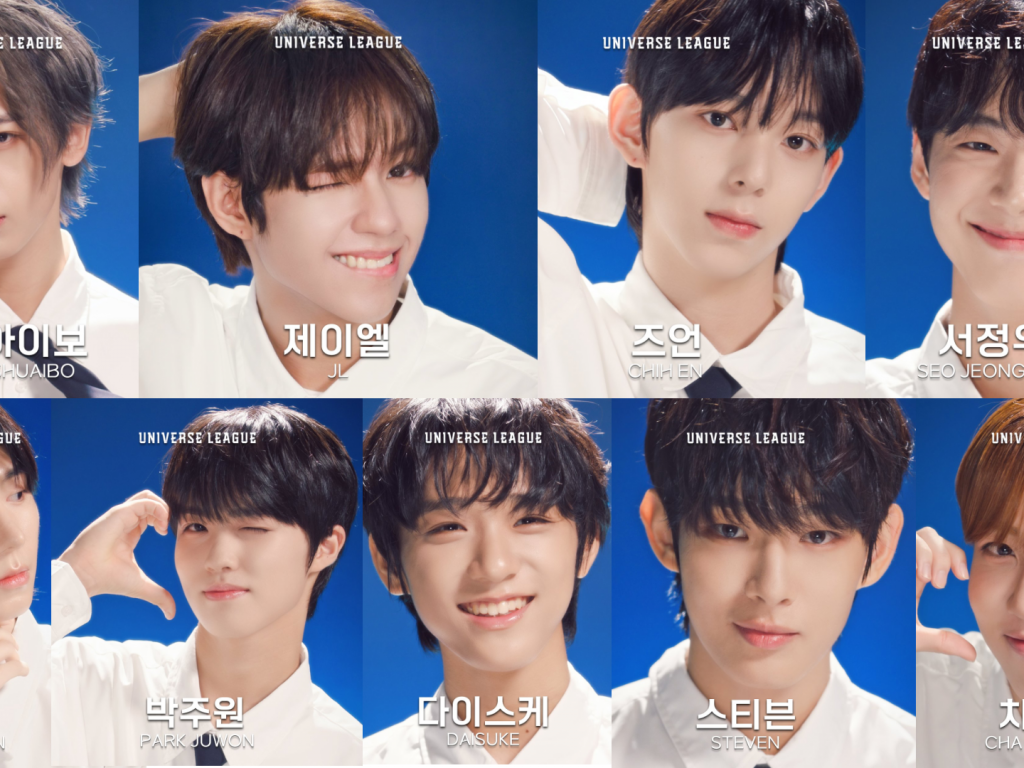Join me as we embark on an exhilarating musical journey, delving into the vibrant tapestry of K-pop across five electrifying generations. From the pulsating beats of the first generation to the innovative sounds of the fifth, we’ll explore the captivating evolution of Korean Pop music together. Get ready to groove, because this is a ride you won’t want to miss! And you know what’s interesting? You’ll also find merchandise of your favorite artists and explore more for the next concert you attend!”
The Mesmerizing World of K-Pop

Step into the kaleidoscopic world of K-pop, where each beat is a brushstroke painting a picture of infectious energy and boundless creativity. With every generation, a new chapter unfolds, revealing the mesmerizing evolution of this cultural phenomenon. From the humble beginnings of the 1990s to the trailblazing trends of today, join me on an exhilarating journey through five decades of K-pop’s captivating story.
Did You Know?
K-pop is a vibrant fusion of music, spectacle, and fashion that has captivated audiences worldwide. Originating in South Korea, it has evolved into a global sensation since the 1990s, shaping trends in fashion and social media. K-pop, short for Korean Pop, encompasses various genres, from catchy anthems to heartfelt ballads, driving the “Hallyu” wave of Korean culture across the globe. Behind the scenes, K-pop artists undergo rigorous training in singing, dancing, and performance arts before debuting. Fans, known as “stans,” play a crucial role in supporting their favorite groups through album sales and social media engagement. Beyond music, K-pop influences fashion, beauty, and entertainment on a global scale, making it more than just a genre—it’s a cultural phenomenon inspiring millions worldwide.
With this, let us continue our journey as we stop and experience each generation of K-pop from the beginning to what we have today.
First Generation (1st gen kpop groups): Laying the Foundation (1990s – 2004)
The first generation of K-pop, spanning from the early 1990s to the early 2000s, marks the genesis of a cultural phenomenon that continues to captivate audiences worldwide. It was a period defined by innovation, with trailblazing groups like H.O.T., S.E.S., and Seo Taiji and Boys pushing the boundaries of music and entertainment.
In 1992, the landscape of Korean music was forever altered with the debut of “Seo Taiji and Boys.” This three-member boy band, led by the visionary Seo Taiji, introduced a revolutionary blend of hip-hop, rap, and dance into the Korean music scene.

Four years later, in 1996, H.O.T. made its debut under the auspices of SM Entertainment. With their infectious music, polished performances, and trendsetting fashion, H.O.T. quickly became the face of the burgeoning K-pop industry.
Meanwhile, girl groups like S.E.S. and Fin.K.L were making waves of their own, captivating audiences with their catchy melodies and captivating performances. As the curtain closed on the first generation of K-pop in 2003, it left behind a legacy of innovation, creativity, and cultural resonance that continues to shape the landscape of Korean popular music today.
Second Generation (2nd gen K-pop groups): Global Sensations (2005 – 2011)
The second generation of K-pop, often hailed as the “Golden Age of K-pop,” spans from the early 2000s to the early 2010s, marking a period of significant growth and innovation within the industry. This era introduced us to iconic groups like SHINee, Girls’ Generation, and BigBang, who helped shape the modern K-pop landscape.
Beginning around 2003 with the debut of TVXQ, the second generation saw a surge in creativity and experimentation. Artists began to explore new musical styles and concepts, incorporating elements of electro-pop and synth-pop into their songs. This era also witnessed the emergence of sub-units within groups, allowing members to showcase their individual talents and unique styles.
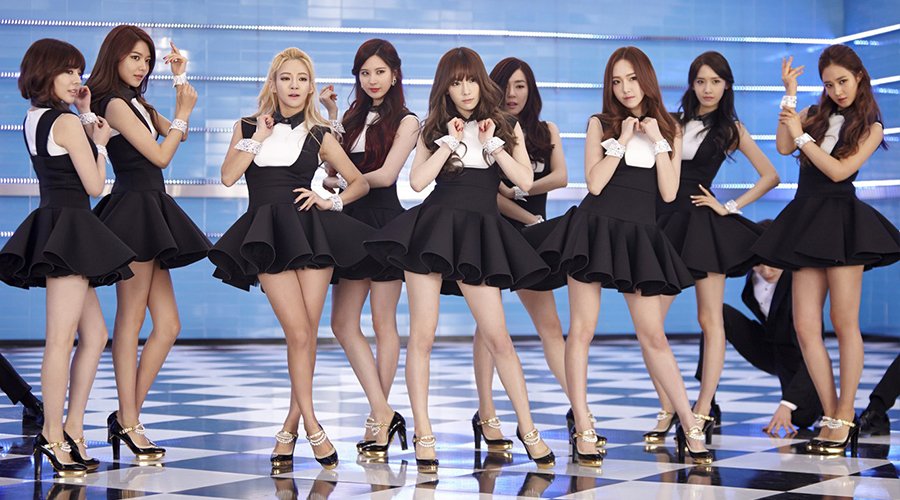
One of the defining features of the second generation was its expansion beyond South Korea, with K-pop artists achieving unprecedented success throughout Asia and beyond. TVXQ, for example, set world records for having the largest official fan club and being the most photographed celebrities globally.
Moreover, during this period, the introduction of fan merchandise like photo cards and lightsticks enhanced the concert experience and fostered a deeper connection between artists and their fans.
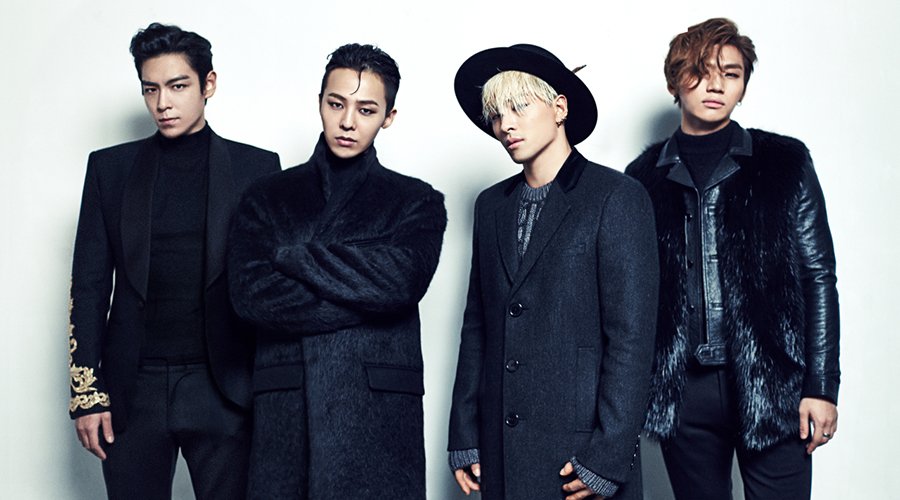
Representative groups from this era include TVXQ, Super Junior, Girls’ Generation, and BigBang, among others. While the Big 3 entertainment companies continued to dominate the industry, the second generation also gave rise to a multitude of talented groups from various labels, further solidifying K-pop’s global influence and appeal.
Third Generation (3rd gen kpop groups): Rise of Global Superstars (2012 – 2017)
The Third Generation of K-pop, spanning from 2012 to 2016, marks a significant breakthrough in the genre’s global recognition and influence. This era saw the rise of iconic groups like EXO, BTS, and BLACKPINK, who redefined K-pop’s boundaries and captivated audiences worldwide. Embracing vibrant and diverse concepts, artists like Mamamoo challenged societal norms while delivering compelling music that resonated with audiences globally.

This generation witnessed the emergence of innovative album concepts and visually stunning music videos, setting new standards for creativity and originality. Artists like EXO and BTS gained immense popularity, achieving remarkable milestones such as million-selling albums and global concert tours. BTS, in particular, emerged as a trailblazer, dominating both domestic and international music charts and receiving prestigious awards and accolades. From their debut in 2013, BTS captured the hearts of millions worldwide, earning accolades and breaking records with each release.
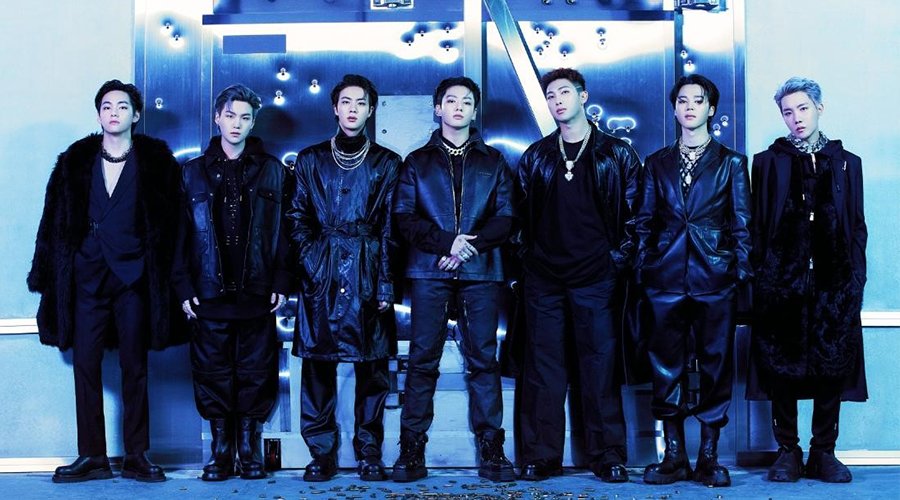
Moreover, the Third Generation embraced social media, harnessing its power to connect with fans on a personal level and expand their global reach. Groups like BLACKPINK and NCT utilized platforms like YouTube to amass billions of views, solidifying their status as global icons. With dynamic choreographies and experimental music styles, artists like Seventeen and GOT7 pushed the boundaries of creativity, inspiring future generations of K-pop artists to strive for excellence.
Fourth Generation (4th gen kpop groups): Innovators of Tomorrow (2018 – 2022)
The fourth generation of K-pop, spanning from 2018 to the present, has emerged as the “most viral generation” yet, reaping the rewards of its predecessors’ hard work. Groups like Stray Kids, ATEEZ, (G)I-DLE, and NewJeans have skyrocketed to fame in a matter of months, a feat that once took years. Despite the setbacks of the 2020 pandemic on live performances, K-pop continued to thrive, with songs dominating global charts and albums surpassing 1 million pre-order sales. This era has seen unprecedented investment in music production, choreography, and fashion, resulting in innovative concepts and top-notch quality music videos. With a focus on creating catchy hooks for social media challenges, the fourth generation has pushed boundaries and embraced darker, bolder themes like Sci-Fi and self-love.
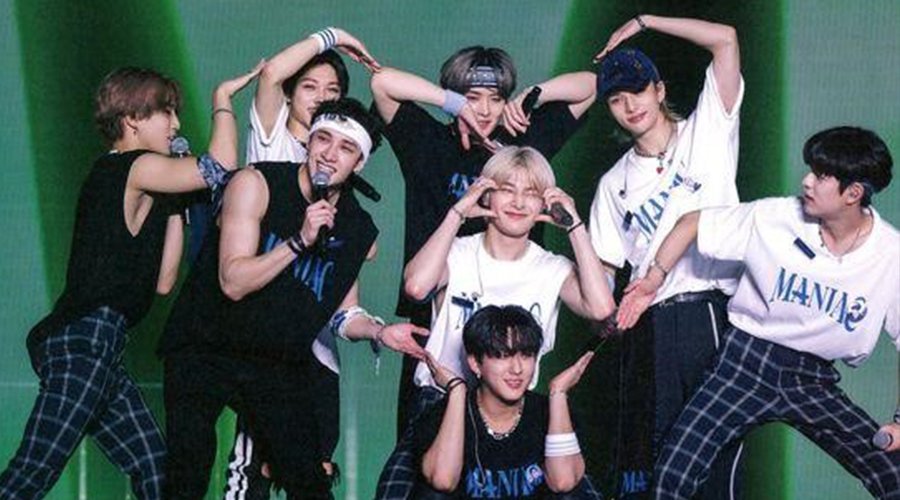
Stray Kids emerged as trailblazers of the fourth generation, pushing the boundaries of creativity and expression with their unique sound and fearless approach to music-making. With their thought-provoking lyrics and electrifying performances, Stray Kids captivated audiences and garnered a dedicated global following.
Fifth Generation (5th gen kpop groups): Embracing the New Era (2023 – Present)
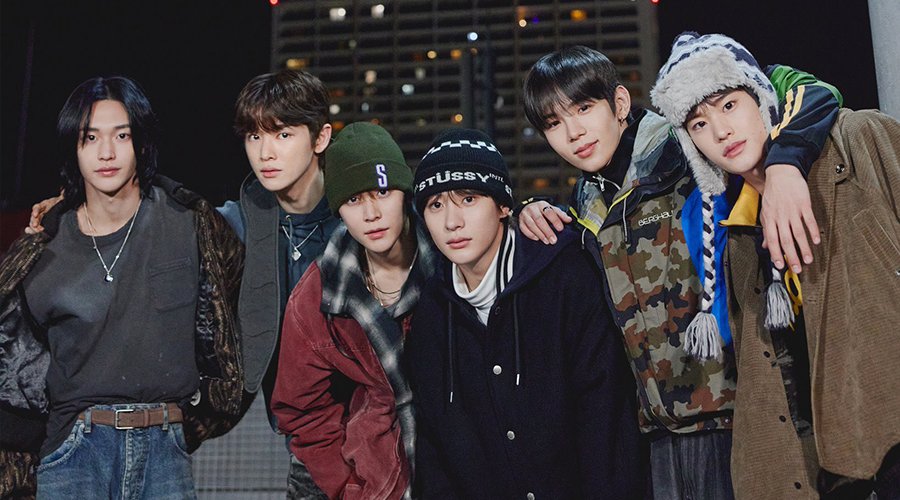
The Fifth Generation of K-pop, marked by groups debuting in 2023 and beyond, introduces a new wave of talent and innovation to the industry. Among these emerging groups are RIIZE, BABYMONSTER, and XIKERS, each bringing their unique style and sound to the forefront. RIIZE, consisting of seven members, including former NCT talents Shotaro and Sungchan, garnered attention for their hands-on approach to music production and choreography. Meanwhile, BABYMONSTER, YG Entertainment’s first girl group in seven years, made waves with their pre-debut single “Dream,” captivating audiences with its distinct charm. Additionally, the debut of PLAVE, the first virtual K-pop group, adds an exciting dimension to the ever-evolving landscape of K-pop. With each new group offering fresh perspectives and talents, the Fifth Generation promises to push boundaries and redefine the future of K-pop.
The Ever-Evolving Magic of K-Pop
As we traverse the dynamic landscape of K-pop across five exhilarating generations, one thing becomes abundantly clear: the enduring magic of K-pop knows no bounds. From the pioneers of the first generation to the trailblazers of the fifth, K-pop continues to captivate audiences with its unparalleled creativity, innovation, and passion. As we eagerly anticipate the next chapter in the K-pop saga, one thing remains certain: the journey has only just begun.
Conclusion
In conclusion, the evolution of K-pop across five generations has been remarkable, captivating audiences worldwide with its innovation and cultural impact. As we look forward to the future, the magic of K-pop will continue to inspire and unite fans globally. Delivered Korea’s ‘WeBuy and Ship’ and ‘You Buy We Ship’ services and DKshop‘s authentic K-Pop goods offer fans the opportunity to immerse themselves in the K-Pop experience beyond just music, fostering a deeper connection with their favorite artists while supporting them.
